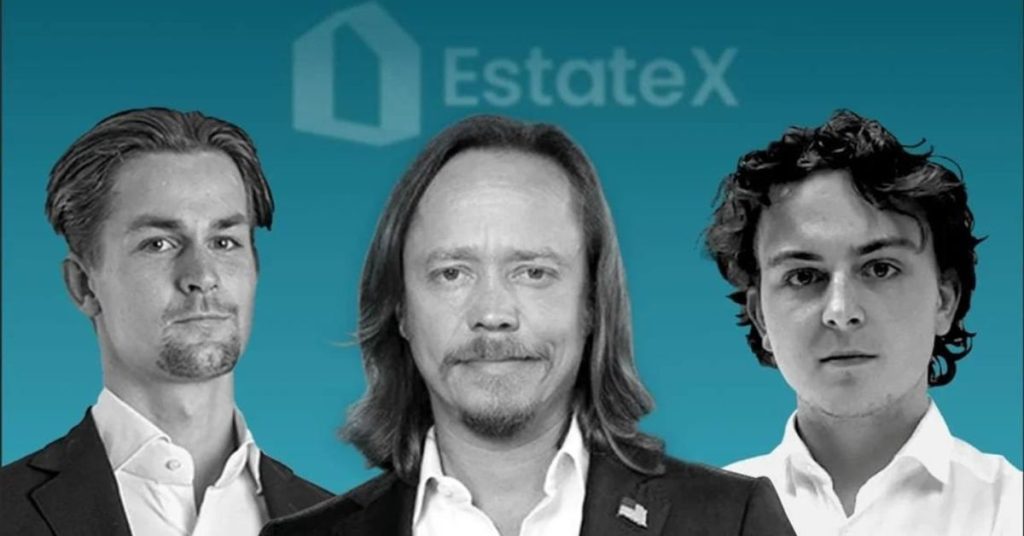During times of heavy network congestion, blockchain transaction fees can go through the roof. Prior to its shift from Proof-of-Work to Proof-of-Stake, gas fees on the Ethereum network would often hit insanely high levels, with users having to pay hundreds of dollars to have their transactions processed in a reasonable amount of time.
The Bitcoin blockchain has suffered from similar issues in the past, with fees recently hitting over $300 at the height of the Ordinals craze. These sky-high fees are not good for business, and they’re not good for regular consumers either, rendering crypto networks virtually unusable, and damaging their reputation. After all, who in the world is going to use crypto instead of fiat if they have to pay upwards of $50 in fees just to buy a cup of coffee?
Fortunately, the ever-innovative blockchain industry has recognized it has a problem with spiraling gas fees, which are an inevitable consequence of blockchains scaling beyond their means. Ethereum has made especially good progress, with a recent update called The Merge helping to enhance its scalability and make $50+ fees a thing of the past. It’s also been aided by the development of Layer-2 networks that bundle transactions together and process them off-chain, so they can be executed as one, much bigger transaction and share the fee between them.
We’ve also seen the emergence of blockchains like IOTA and Nano, which were deliberately architecture with low fees in mind.
Low fees have become a key differentiator in the blockchain industry, especially for DeFi users and traders who regularly perform hundreds of transactions per day. The allure is simple, the lower the fees, the more crypto that’s left in your wallet at the end of the day.
No-Fee & Low-Fee Blockchains
The quest to reduce blockchain fees has resulted in the creation of a number of networks that are entirely free to use.
One of the most famous of these is Nano, which has a unique architecture that makes it a popular choice for microtransactions. Not only does it charge no fees at all, but it processes transactions instantaneously. It’s a model that makes it a great choice for users who need to make frequent small payments, which would be cost-prohibitive on a more popular network like Ethereum or Bitcoin, but the downside is that few people actually use Nano, which has a low market cap of just $109 million.
Another free-to-spend cryptocurrency is IOTA, which is a network that’s geared towards “internet of things” economies. It utilizes a special consensus mechanism known as the Tangle, and is designed to enable machine-to-machine transactions at zero costs. IOTA makes sense because if small devices like sensors are going to use blockchain to communicate with one another, such a system has to be extremely cost-effective. But although IOTA is designed to scale, it still has a long way to go with a limited market cap of just over $400 million.
With their low market caps, neither Nano nor IOTA is quite ready to support the blockchain masses and enable a world of low-cost transactions, but fortunately there are other choices. For instance, the high-performance Solana network, which hosts a huge ecosystem of DeFi applications, has emerged as one of the most cost-effective blockchains around, with fees averaging just $0,00025 per transaction.
Another popular low-cost chain is Dogecoin, the world’s favorite memecoin, which started as a joke but has since grown to become a popular token for microtransactions, tipping and donations, as well as a payment option for Tesla customers. The average Dogecoin user pays around $0.0025 in fees for each transaction, which enhances its appeal beyond the enduring meme factor.
We should also give a shout to Litecoin, which has long stood in the shadow of Bitcoin despite always insisting that it’s actually far superior to the world’s foremost cryptocurrency. Litecoin might not match the value of BTC, and it quite possibly never will, but when it comes to transaction costs it wins hands-down with its average fee of just $0.02.
Abstracting Away The Gas
Low cost and zero cost gas fees offer a way to attract users to a blockchain network, but there are alternative models that can prove to be even more enticing.
The EOS network is often said to be a competitor to Ethereum and it has many advantages in terms of its performance and speed, but one of its lesser-known features is its differentiated gas fee structure. Like with all networks, users have to pay to interact with the EOS blockchain, but unlike others, which charge fees on a per-transaction basis, users have the option to pay them upfront, based on their expected usage. To do this, they can stake EOS tokens to pay their fees ahead of time, and doing so works out to be more profitable, as it guarantees that they’ll pay a lower cost per transaction.
For users, this not only means they’ll have more EOS tokens in their pocket, but it also eliminates the headaches that go with paying gas fees on each transaction.However, the real beauty of EOS’s system is that developers can stake tokens to pay their user’s fees for them. By staking EOS into a smart contract associated with their dApp, developers can advertise their dApps as fee-less or gas-free. This can be a strong differentiator for certain kinds of dApps, such as decentralized exchange platforms or lending and borrowing protocols, where the gas fees can add up to significant amounts over time.
No More Headaches For Users
Compared to networks like Bitcoin and Ethereum, the EOS model wins hands down as it offers users much greater flexibility in terms of how they manage their assets, simplifying the transaction process.
One of the most irritating things about the Ethereum blockchain is the need to pay fees, especially for new users who may not always realize this. For instance, if a user wants to swap all of their ETH for an alternative asset, such as USDC, they can’t actually do this, as they’ll need to set aside a small amount of ETH to cover the gas costs of that transaction. They’ll also need to continue to maintain an ETH balance afterwards, for any future USDC transactions they make will also accrue gas fees that must be paid in ETH.
On EOS, this problem no longer exists. The user can simply stake a portion of their EOS ahead of time to cover their gas fees for the next six months or one year or however long they decide. So they’ll never have to concern themselves with maintaining a balance of EOS to cover their day-to-day transactions. And if the dApps they interact with take advantage of the ability to pay gas fees on user’s behalf, the system becomes all the more enticing for end and easier to navigate for users.
A Gas-Free Future?
As more blockchains work on ways to reduce their gas fees to near-zero, it will likely have a lot of positive implications in terms of increasing crypto adoption. After all, gas fees have long been one of the major sources of frustration, especially for new users who don’t understand how blockchain transaction processes actually work.
By eliminating gas fees, blockchains minimize the hassle involved in day-to-day transactions and reduce the chances of the user having a nasty surprise, where they discover their transaction cannot be processed due to a lack of gas.
Disclaimer: This article is provided for informational purposes only. It is not offered or intended to be used as legal, tax, investment, financial, or other advice.

 4 months ago
47
4 months ago
47









 English (US) ·
English (US) ·